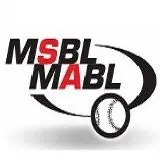Bob Gibson and 1968: The Year of the Pitcher Revisited
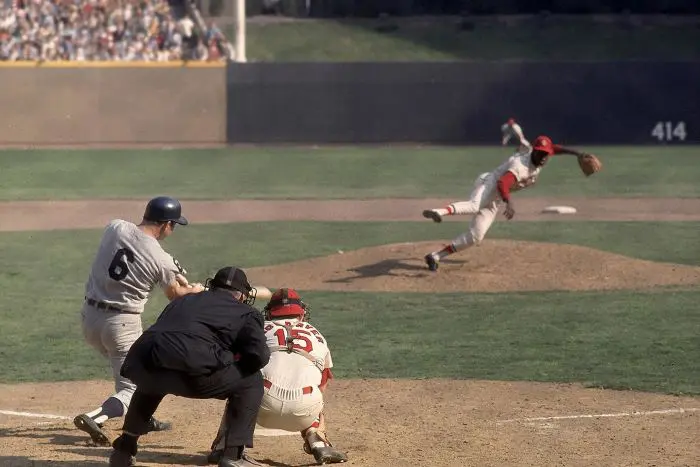
By Steve LaMontia, MSBL Director of Communications
Those of you born after 1968 may have heard of Bob Gibson but didn’t have the privilege of witnessing the season that truly changed baseball. Known as the ‘year of the pitcher’, which is a gross understatement, there was such concern that the hitters were overmatched that 1968 literally created a rule change that the mound immediately be lowered from the then standard 15 inches to its current height of ten inches, beginning in 1969.
As written in the Washington Post in 2019, “So after the season, MLB officials lowered the mound to 10 inches and shrank the strike zone to its modern size. The changes were made, according to one wire service, “to add more enjoyment for the fans and more offense in the games which the pitchers dominated in both the National and American leagues this past season.”
To further illustrate, there were only six players who batted over .300 in 1968, both leagues combined! (see below)

Denny McClain from the Tigers won 31 games in 1968, which may never again be approached considering today’s specialized pitching philosophies, as he and Bob Gibson squared off in the 1968 World Series beginning in St. Louis. Bob Gibson also put together a season that may never again be duplicated. Known as a head hunter, he said he really wasn’t. “I have been called a head hunter, a knock down artist, a mean SOB, you name it,” said Gibson. “I was, in fact, none of those things. I was simply a competitor who understood the need to keep a dangerous hitter in his place and wasn’t timid about satisfying that requirement. If he came across the plate and got himself hit then he did it to himself. You got first base so quit complaining.”

To further illustrate Gibson’s domination in 1968, and how he changed baseball nearly singlehandedly, here are some of his 1968 stats that included the CY Young Award and the National League MVP:
Won-Loss Record: 22-9 (The Tigers scored more than twice as many runs in Denny McLain’s starts that the Cardinals did for Gibson’s. That is one reason why the won-loss record has lost some of its impact on the more current Cy Young Award ballots. ERA is the big dog of stats. Jacob deGrom would surely agree.)
ERA: 1.12
Complete Games: 28 (34 total games)
Strikeouts: 268 (304 innings pitched)
WHIP: 0.853
Gibson’s 1968 World Series stats were equally impressive:
Won-Loss Record: 2-1 (The Tigers won the series in seven games)
Complete Games: Three, 27 innings pitched
Strikeouts: 35 (against four walks)
ERA: 1.67
WHIP: 0.815
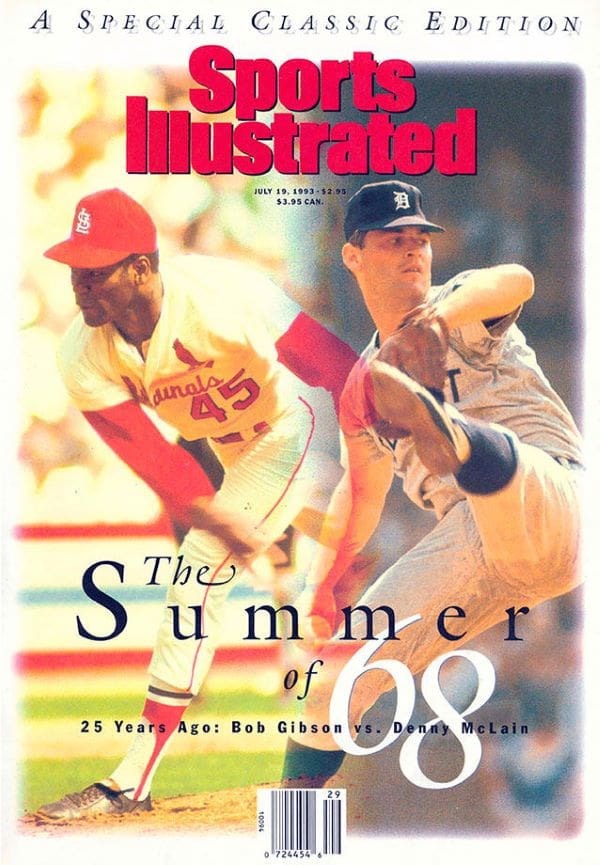
I have always loved Bob Gibson’s approach to baseball and life but this story goes even deeper and gets personal.
I graduated high school in 1968 in Omaha and spent many a summer night with buddies in a rec room at one of their houses shooting pool or making up a ping-pong baseball game while listening to the Cardinals on the radio. Bob Gibson is also from Omaha.
Bob Gibson played for the AAA Cardinals in 1959 in Omaha at Rosenblatt Stadium and we would climb the fence and sneak in to watch them play, as I lived only two blocks away. Ironically my cloudy childhood images don’t remember seeing him pitch, though I surely would have, but I clearly remember him hitting a home run into the light standards in left center. He was an amazing athlete.
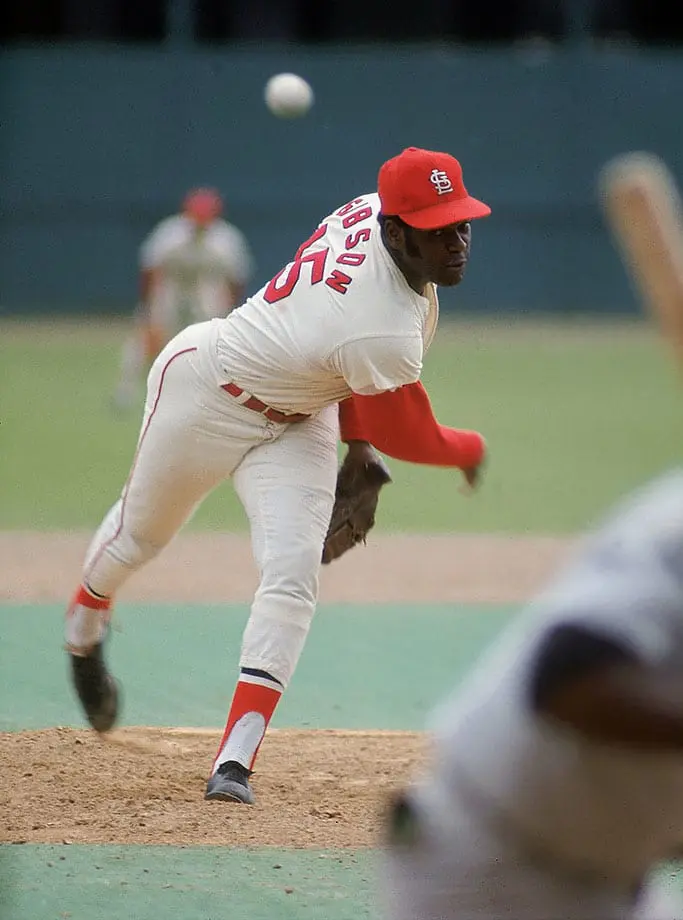
Fast forward to that magical year of 1968, which is the year I also met my wife of nearly 50 years, as I was a senior in high school and during that winter, before his magical summer in St. Louis, he would come to our high school on Sundays to play pickup basketball. He was a good friend of our basketball coach so they got together for fun with some of their buddies and the coach asked a few of us to come and round out the field. Wow. Bob played for the Harlem Globetrotters and Omaha’s Creighton University so I was in total awe of this world class athlete, as I was thrilled to ride the pine and just watch until someone got tired. Just like in baseball, if you got in his way you got an elbow on a rebound or ‘got faked out of your jock’ if you dared to cover him. What memories!
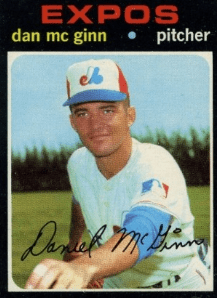
Lastly, in the winter following Gibson’s memorable 1968 there was a scout for the Yankees named Gordon Babe who orchestrated winter workouts for a handful of us at Boys Town in Omaha in their huge, dirt floor field house. Bob Gibson came to work out with us, immediately following that immortal 1968 season, and he brought along another major leaguer, Dan McGinn, who also lived in Omaha and pitched at that time for Montreal. I smile as I type this and think of standing outside the netting discussing pitching with Bob Gibson and Dan McGinn right after Bob was dubbed the king of the hill. (I actually hit one foul ball off Gibson! Of course, it was probably 50 miles per hour. It was hard to tell with my front foot securely planted in the bucket!)
I am currently reading Bob Gibson’s book titled ‘Pitch by Pitch: My view of an Unforgettable Game’ which is his pitch by pitch accounting of game one of the 1968 World Series. All of these memories, both personal and documented by MLB, came washing over me as I read and I thought this accounting may be of interest to you if you remember the great years of Cardinal dominance or if you are younger and might enjoy dusting off the archives to learn about the heroes of our great game.

In closing, there is an amusing event involving Bob Gibson and his passion that took place long after his stellar baseball career ended. It truly highlights the man’s persona and passion. This incident is from maybe a decade ago.
Bob Gibson was pulling into traffic in Omaha and some guy cut him off and nearly drove him off the road and then honked and flipped him off. Oops. Wrong guy. Bob followed him for ten miles to nearby Bellevue until the guy pulled into a gas station to fill up. Bob got out of his car, introduced himself, and then decked him. Yes, he had to go to court but that pretty much sums up one of the greatest pitchers of all time and the attitude that made him excel.
See you in the dirt!
